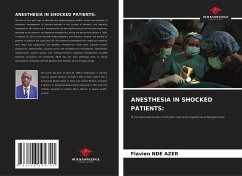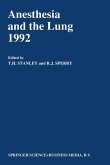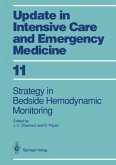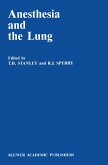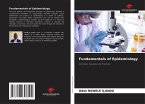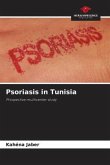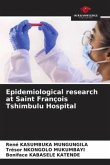The aim of this work was to describe the epidemiological profile, means and methods of anesthetic management of shocked patients in the context of obstetric and digestive emergencies. We carried out a retrospective and descriptive study on the records of patients operated on for obstetric and digestive emergencies, during the period from January 1, 2011 to January 31, 2012 at the Yaoundé Gyneco-obstetric and Pediatric Hospital. The number of patients included in the study was 144. The essential pathologies that caught our attention were listed and categorized. For obstetric emergencies, these were: ruptured ectopic pregnancies, haemorrhagic placenta previa and retroplacental haematomas, haemostasis hysterectomy, uterine rupture and haemoperitoneum. Digestive emergencies included intestinal occlusions and peritonitis. GEUR was the main pathology likely to induce hemodynamic instability. Half the patients were between 25 and 35 years of age.
Bitte wählen Sie Ihr Anliegen aus.
Rechnungen
Retourenschein anfordern
Bestellstatus
Storno

